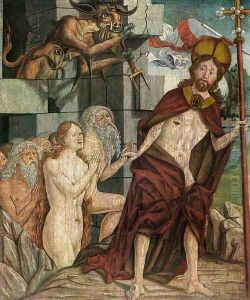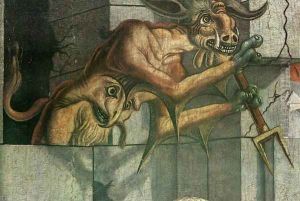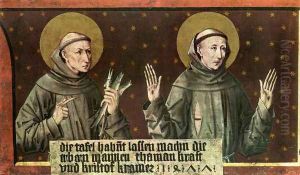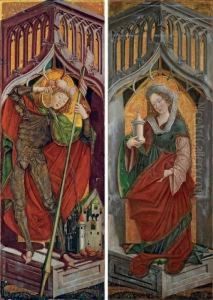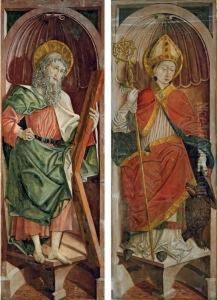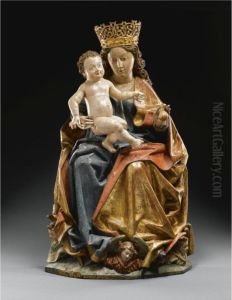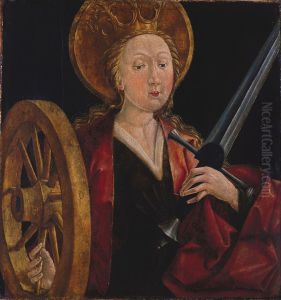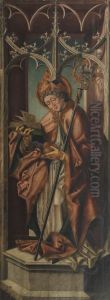Friedrich Pacher Paintings
Friedrich Pacher was a notable painter and sculptor who emerged in the late Gothic period, specifically in the region that is today known as South Tyrol, Italy. His work, deeply rooted in the traditions of the late Middle Ages, reflects the transition period between Gothic and Renaissance art, showcasing characteristics of both styles. Born around 1440, Pacher's life and career were primarily centered in the Tyrolean area, where he contributed significantly to the artistic landscape of his time.
Pacher's oeuvre is characterized by detailed altar pieces, frescoes, and panel paintings that often incorporate elaborate architectural elements and a rich use of color. He was particularly known for his religious compositions, which were commissioned by churches and monasteries throughout the Tyrol region. One of his most famous works is the altarpiece for the Church of St. Wolfgang in Novacella, which is celebrated for its intricate detail and the emotional depth of its biblical scenes. This piece, like many of his works, illustrates Pacher's skill in blending narrative storytelling with theological symbolism, a hallmark of late Gothic art.
Despite the limited information on his training and personal life, it is evident that Pacher was deeply influenced by both local Tyrolean art traditions and the emerging humanistic ideals of the Renaissance. His works show an awareness of the innovations in perspective and anatomy being explored in Italy, yet they remain firmly grounded in the Gothic tradition with their emphasis on decorative beauty and spiritual iconography.
Friedrich Pacher's death in 1508 marked the end of an era for Tyrolean art, but his legacy lived on through his contributions to the region's artistic heritage. His style influenced subsequent generations of artists in the area, bridging the gap between the medieval and the modern and leaving a lasting imprint on the evolution of European art. Today, Pacher's works are considered important examples of the artistic transition that defined the late 15th and early 16th centuries, embodying the complex interplay between the medieval past and the Renaissance future.
